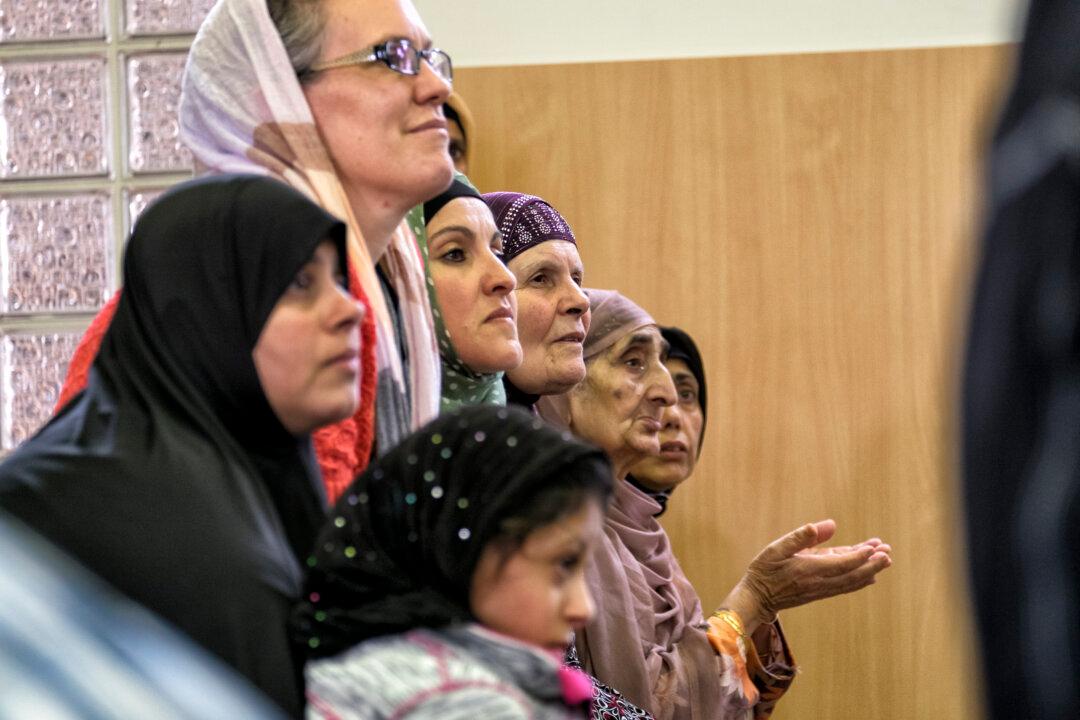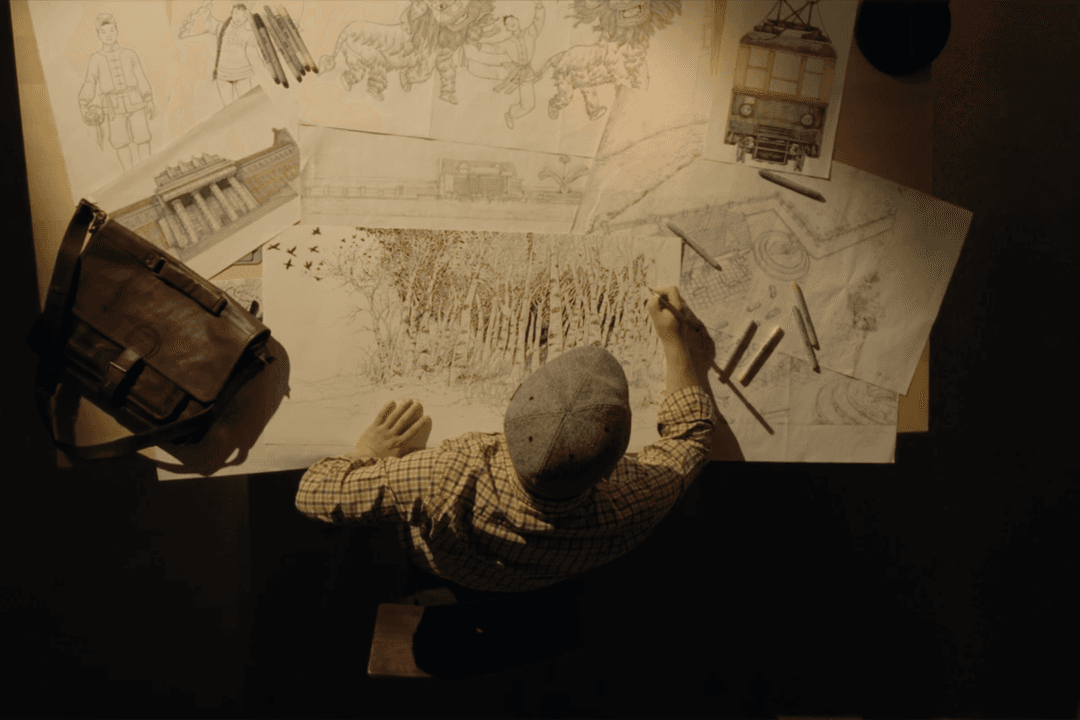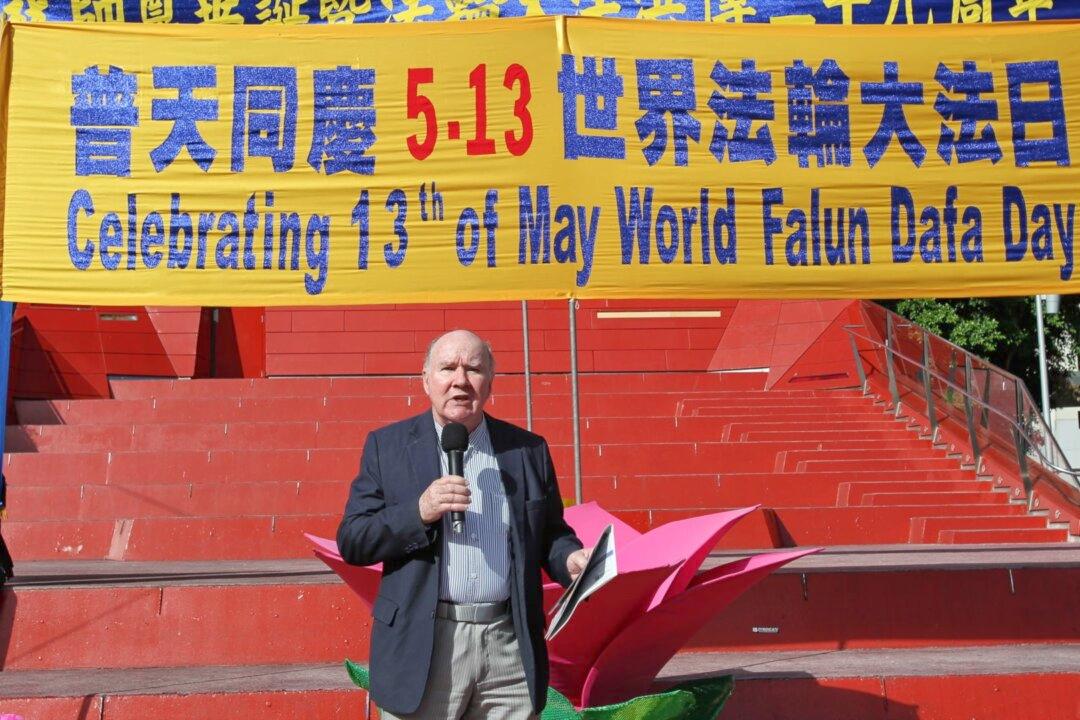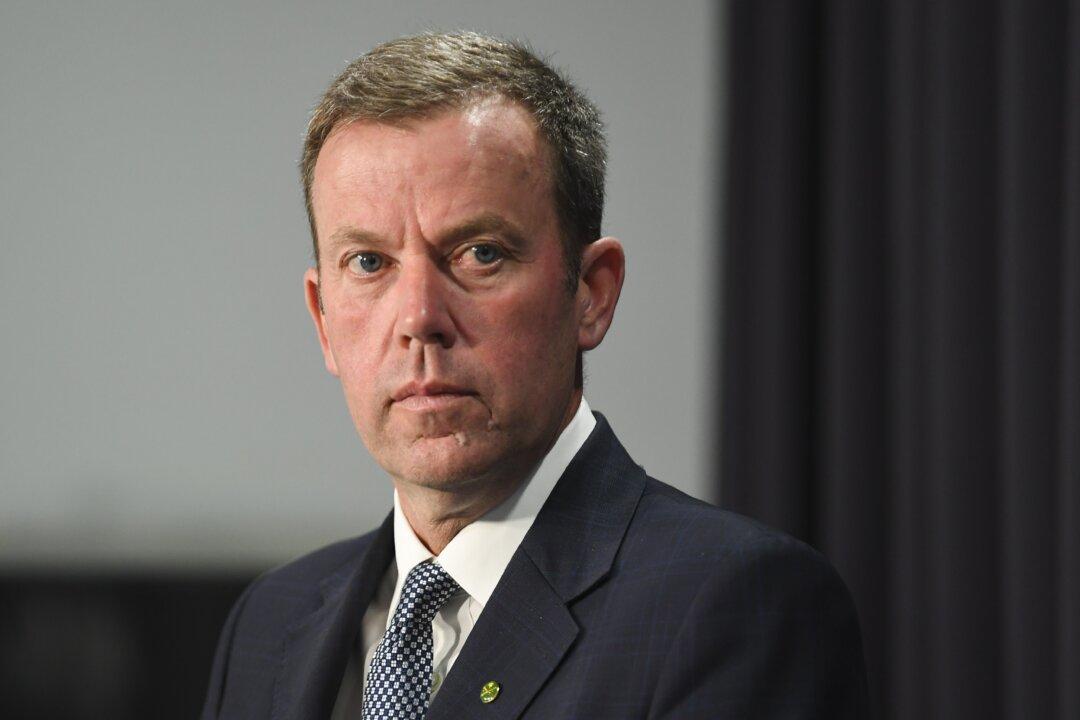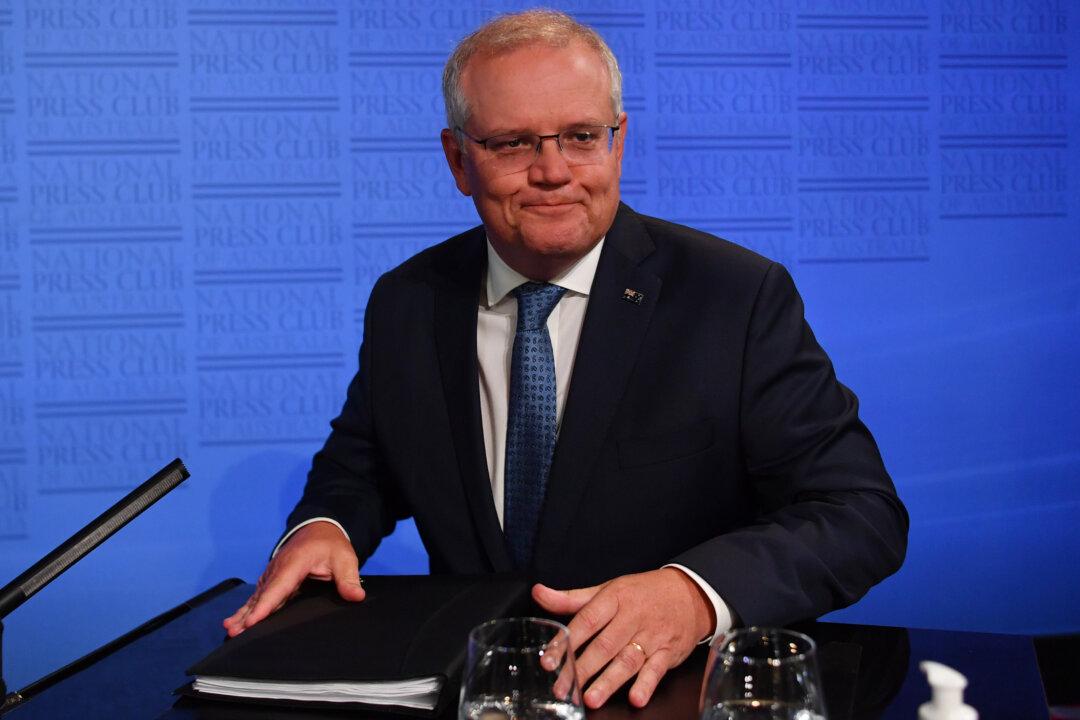Victorian ethnic community groups are concerned non-English speakers with a low capacity to understand basic health information are the driving factors behind the continued growth of new coronavirus cases in Melbourne suburbs.
For the past eight days, Victoria has registered double-digit new COVID-19 cases with six Melbourne suburbs being identified as infection hotspots.
